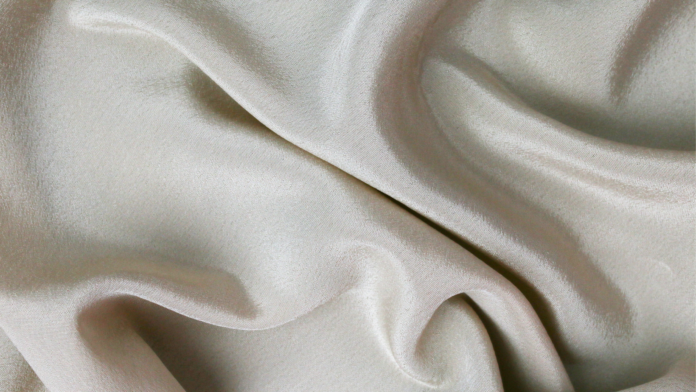Last Updated on December 5, 2023 by Fatima Alih
Eco-Friendly Fabrics: A Guide to Sustainable Fashion.
Let’s dive into creating an article that provides valuable insights into sustainable fashion and eco-friendly fabrics.
Fashion is not merely about looking good; it’s about making conscious choices that positively impact our planet.
As we navigate towards a more sustainable future, the fashion industry undergoes a transformation, giving rise to the concept of eco-friendly fabrics. This guide aims to shed light on the significance of sustainable fashion and explore various eco-friendly fabrics that are revolutionizing the industry.
Fashion transcends beyond aesthetics; it embodies a philosophy of mindful decisions that ripple into a profound positive influence on our environment. As society pivots toward sustainability, the fashion realm experiences a monumental shift, birthing the ethos of eco-friendly fabrics.
This comprehensive guide serves as a beacon, illuminating the paramount importance of sustainable fashion. Within its pages, it navigates through the labyrinth of eco-consciousness, unraveling a tapestry woven with various sustainable fabrics that stand as harbingers of change within the industry’s fabric of tradition and innovation.
Sustainable fashion encompasses practices that minimize environmental impact while promoting ethical production and consumption.
It champions eco-consciousness at every stage, from design and sourcing to manufacturing and disposal. This movement encourages consumers to consider the environmental and social implications of their clothing choices.
The Importance of Eco-Friendly Fabrics
Eco-friendly fabrics serve as the cornerstone of sustainable fashion. These textiles are crafted from organic, recycled, or renewable materials, reducing the carbon footprint and minimizing harm to the environment. Organic cotton is one such fabric, cultivated without synthetic pesticides, preserving soil fertility and safeguarding biodiversity.
Exploring Innovative Eco-Friendly Fabrics
Hemp Fabric: Renowned for its durability and sustainability, hemp requires minimal water and no pesticides, making it an eco-warrior’s choice.
Bamboo Fabric: Known for its softness akin to silk, bamboo fabric is derived from bamboo grass, boasting natural antibacterial properties.
Recycled Polyester: Transforming plastic waste into fashion, recycled polyester mitigates environmental pollution, reducing the need for virgin materials.
Navigating Eco-Certifications
Understanding eco-labels and certifications empowers consumers to make informed choices. Look for symbols like GOTS (Global Organic Textile Standard) or OEKO-TEX Standard 100, ensuring the fabric meets stringent environmental and social criteria.
The Role of Consumer Awareness
Empowering consumers through knowledge fosters a sustainable fashion ecosystem. By making informed decisions and supporting eco-friendly brands, individuals play a pivotal role in driving positive change within the industry.
Championing Sustainability Beyond Fabrics
Sustainable fashion extends beyond materials; it encompasses ethical production, fair labor practices, and a circular approach to fashion, emphasizing recycling and upcycling.
Conclusion
Embracing sustainable fashion isn’t just a trend; it’s a conscious choice towards a better future. By opting for eco-friendly fabrics and supporting ethical practices, each of us becomes a catalyst for positive change in the fashion industry.
FAQs
What makes a fabric eco-friendly?
Eco-friendly fabrics are crafted from organic, recycled, or renewable materials, minimizing environmental impact.
Are eco-friendly fabrics more expensive?
While initial costs might be higher, investing in quality eco-friendly fabrics often pays off in durability and sustainability.
How can consumers identify sustainable fashion brands?
Look for eco-certifications like GOTS or OEKO-TEX and research brands committed to transparent and ethical practices.
What is the impact of fast fashion on the environment?
Fast fashion contributes to excessive waste, water pollution, and unethical labor practices, emphasizing the need for sustainable alternatives.
Can sustainable fashion be trendy and stylish?
Absolutely! Sustainable fashion constantly evolves, offering stylish and trendy alternatives without compromising ethics or the environment.
How can I contribute to sustainable fashion as a consumer?
Make conscious choices, support ethical brands, recycle clothing, and spread awareness about sustainable practices.
Why is it essential for the fashion industry to embrace sustainability?
The fashion industry’s shift towards sustainability is crucial to mitigate environmental damage, promote ethical production, and create a healthier planet for future generations.


